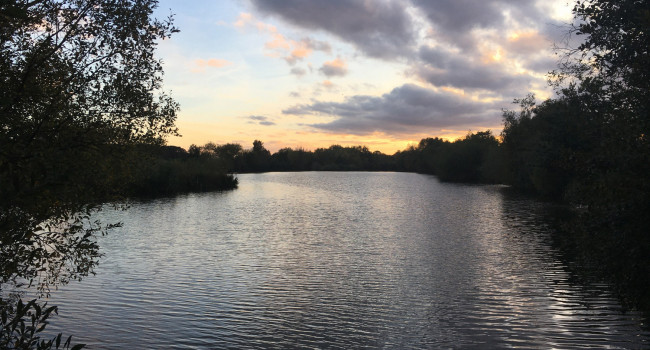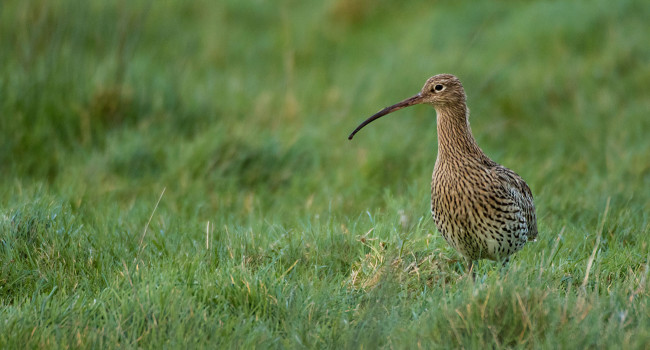Protected areas facilitate species' range expansions

Author(s): Thomas, C.D., Gillingham, P.K., Bradbury, R.B., Roy, D.B., Anderson, B.J., Baxter, J.M., Bourn, N.A.D., Crick, H.Q.P., Findon, R.A., Fox, R., Hodgson, J.A., Holt, A.R., Morecroft, M.D., O'Hanlon, N.J., Oliver, T.H., Pearce-Higgins, J.W., Procter, D.A., Thomas, J.A., Walker, K.J., Walmsley, C.A., Wilson, R.J. & Hill, J.K.
Published: January 2012
Journal: Proceedings of the National Academy of Sciences of the United States of America
Digital Identifier No. (DOI): 10.1073/pnas.1210251109
A new study involving BTO has shown how birds, insects and spiders have used nature reserves and areas protected for wildlife to expand northwards in response to climate change and other factors. This work combined information from volunteer recording and national monitoring, including data from BTO surveys, to provide crucial evidence for the importance of protected areas for more than 250 species.
Using data from the 1970s onwards, the researchers showed that the species surveyed disproportionately colonised protected areas in their northward expansion, even though these sites were not designated with those species in mind. Protected areas were approximately four times more likely to be colonised than would be expected given their availability in the wider countryside. Three key vulnerable bird species, the Bittern, Woodlark and Dartford Warbler were significantly more likely to be associated with protected areas in newly colonised areas than would be predicted by chance alone.
Many species will need to shift their distribution in order to respond and adapt to climate change; those that cannot might struggle to survive. This study underlines the vital long-term importance of protected areas in facilitating this process and therefore in conserving biodiversity as a whole.







Share this page